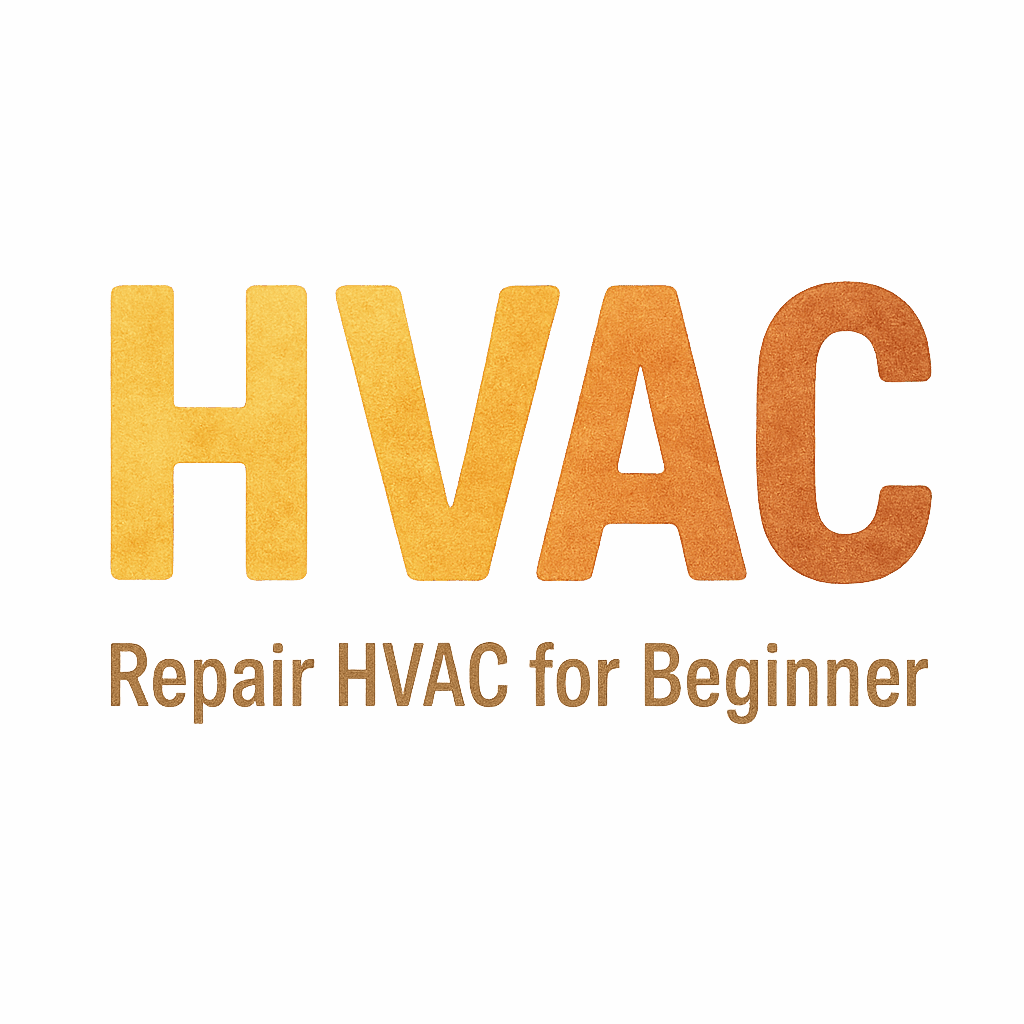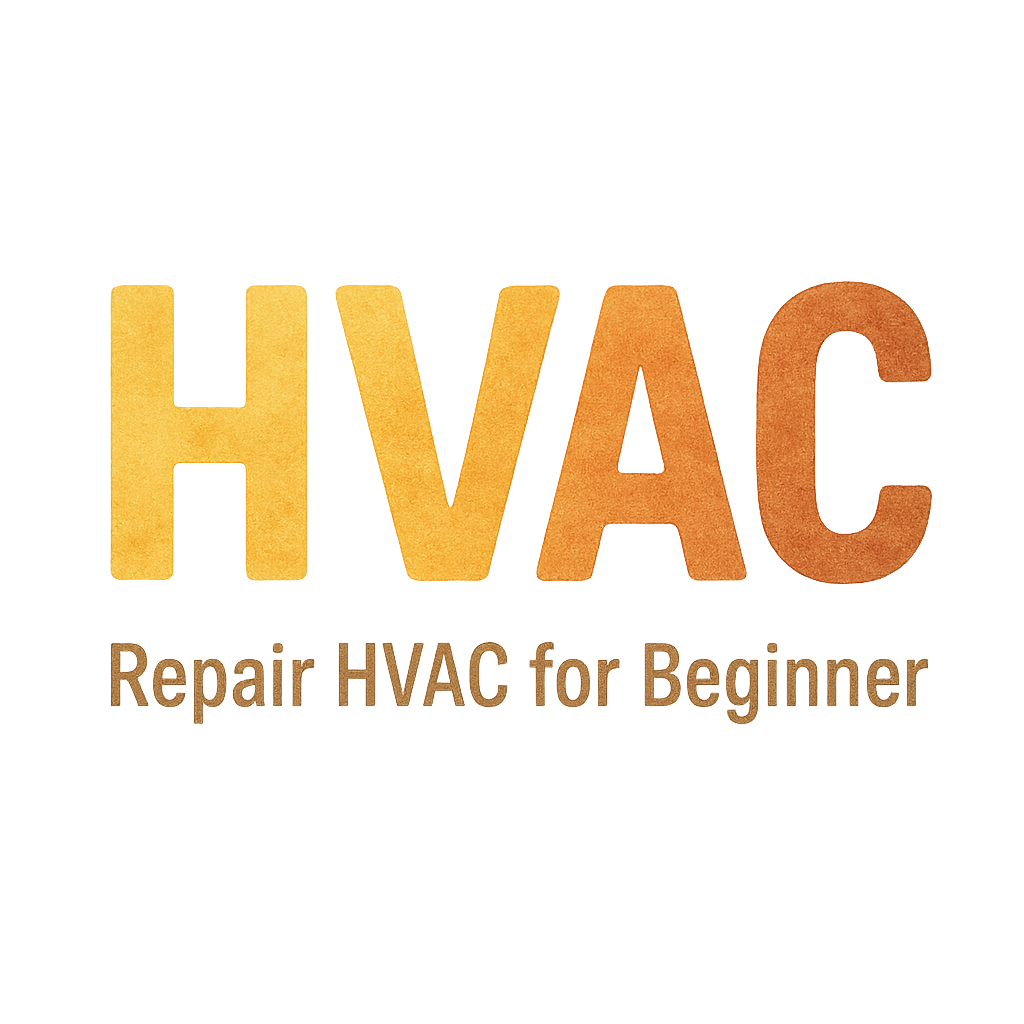Introduction
When it comes to home comfort, your HVAC system plays a crucial role. But what happens when it starts acting up? Identifying common HVAC problems early can save you both time and money. In this article, we’ll walk through the 7 most common HVAC issues and provide you with easy tips on how to spot them before they turn into expensive repairs. Whether you’re a homeowner or a business owner, these tips can help you keep your HVAC system running smoothly.
Related reading: HVAC Basics for Beginners

1. Airflow Problems: The Silent Energy Drainer
What Causes Airflow Problems?
Airflow problems are often linked to clogged air filters, dirty ducts, or broken blower motors. When airflow is restricted, the system has to work harder, leading to higher energy consumption. In severe cases, it can even cause system shutdowns.
How to Identify Airflow Issues?
- Uneven temperatures: If some rooms are too hot and others are too cold, there could be a problem with airflow.
- Weak airflow from vents: You might feel very little or no air coming out of your vents.
- Strange noises: Whistling, banging, or rattling sounds could indicate an obstruction in your ducts or blower motor.
Pro Tip: If you suspect airflow issues, it’s a good idea to check your air filter first. A clogged filter is one of the easiest problems to fix and can improve airflow dramatically.
Tools for Diagnosing Airflow Problems
Use tools like a manometer to check static pressure or a laser thermometer to identify temperature differences in your ducts. These will help you pinpoint where the airflow issue originates.
Related reading: HVAC System Diagnosis
2. Dirty Air Filters: A Simple Culprit
Why Dirty Air Filters Are a Big Problem
A clogged air filter reduces airflow and can force your HVAC system to work harder, increasing energy consumption. Additionally, it lowers indoor air quality and can lead to a build-up of allergens.
How to Spot and Fix Clogged Air Filters
- Visual inspection: Dirty filters are usually gray or brown with noticeable dust.
- Easy fix: Replace the filter every 1-3 months to avoid clogging.
Preventive Measures for Cleaner Air Filters
- Regular checks: Set a reminder to check your filters every month, especially if you have pets or live in a dusty area.
- Use a higher-quality filter: Opt for a high-efficiency particulate air (HEPA) filter for better air quality.
Related reading: HVAC Maintenance & Cleaning
3. Refrigerant Leaks: Cooling Efficiency Killer
How Refrigerant Leaks Impact Your HVAC System
Your HVAC system relies on refrigerant to cool the air. If there’s a leak, the system won’t be able to absorb heat effectively, which leads to warm air blowing from your vents and longer cooling cycles.
Signs of a Refrigerant Leak
- Warm air from vents: If the air blowing out of the vents is warm despite the system running, refrigerant could be low.
- Ice on coils: Ice buildup around the evaporator coils is a clear sign of a refrigerant issue.
- Hissing sounds: Leaks often make a hissing noise as refrigerant escapes.
What to Do if You Suspect a Leak
A refrigerant leak should be fixed by a licensed HVAC technician. They will locate the leak, repair it, and recharge your system with the right amount of refrigerant.
Related reading: Troubleshooting & Repair
4. Thermostat Problems: The Control Center’s Malfunctions
How to Identify Thermostat Issues
A malfunctioning thermostat can cause temperature imbalances, prevent your system from reaching set temperatures, or cause the system to shut down unexpectedly.
Troubleshooting a Faulty Thermostat
- Check the batteries: If your thermostat is powered by batteries, replacing them is often the simplest fix.
- Recalibrate the thermostat: Over time, thermostats may need recalibration to ensure they’re reading temperatures accurately.
Steps to Calibrate Your Thermostat
- Manually adjust the calibration: Some thermostats offer an easy way to recalibrate.
- Smart thermostat issues: If your thermostat is connected to your smartphone, ensure the app is functioning properly and the system is synced.
Related reading: HVAC Troubleshooting & Repair Tips
5. Frozen Coils: A Hidden Threat to Your HVAC System
What Causes Frozen Coils in HVAC Systems?
Frozen coils usually occur due to restricted airflow, dirty air filters, or a low refrigerant charge. These issues prevent the system from absorbing and releasing heat effectively, leading to ice buildup on the evaporator coils.
How to Detect and Resolve Frozen Coils
- Visual check: Ice buildup around the coils is a clear indicator of frozen coils.
- Fix airflow issues: Clean or replace filters, check ducts for blockages, and ensure the blower motor is working.
Preventing Frozen Coils in the Future
Perform regular maintenance on your HVAC system, including filter changes and refrigerant checks, to avoid frozen coils. You can also inspect the air ducts periodically for blockages.
Related reading: Protective Equipment for HVAC Maintenance
6. Broken Blower Motor: The Heart of Your HVAC’s Air Circulation
Signs of a Broken or Failing Blower Motor
A malfunctioning blower motor is a major cause of poor airflow. Common symptoms include weak airflow, strange noises, or the system not blowing air at all.
How to Fix or Replace a Blower Motor
Blower motors can sometimes be repaired, but more often, they need to be replaced entirely. If you’re hearing unusual noises or the system isn’t working, it’s time to call a professional.
Tips for Maintaining Your Blower Motor
- Clean it regularly: Dust and dirt can accumulate and reduce efficiency.
- Lubricate it: Check for oil ports and lubricate the motor to prevent overheating.
Related reading: Tools & Equipment for HVAC Maintenance
7. Short-Cycling: An Energy-Wasting Problem
What Is Short-Cycling?
Short-cycling occurs when your HVAC system turns on and off too frequently, never completing a full cooling or heating cycle. This can be caused by several factors, including thermostat issues or refrigerant leaks.
How to Identify and Fix Short-Cycling
- Frequent on/off cycles: If your system seems to be running constantly without reaching the set temperature, you likely have a short-cycling problem.
- Check the thermostat: Ensure it’s correctly calibrated and located away from drafts or direct sunlight.
How to Prevent Short-Cycling in the Future
To avoid short-cycling, ensure that your HVAC system is appropriately sized for your space. If you’re unsure, a professional can perform a system analysis.
Related reading: Common HVAC Problems & How to Prevent Them
Conclusion
HVAC problems can be a major inconvenience, but identifying them early can prevent costly repairs and improve the longevity of your system. By regularly maintaining your air filters, checking your thermostat, and monitoring for issues like refrigerant leaks or frozen coils, you can keep your HVAC system running efficiently for years to come. Remember, when in doubt, always call a professional to ensure everything is running smoothly.
Related reading: HVAC Maintenance Checklist
FAQs
- What is the most common HVAC problem?
- The most common HVAC problems include dirty air filters, refrigerant leaks, and thermostat malfunctions.
- How often should I replace my air filter?
- Air filters should be replaced every 1-3 months, especially during peak heating or cooling seasons.
- Why is my HVAC system freezing up?
- Frozen coils can occur due to airflow issues, dirty filters, or low refrigerant levels.
- Can a broken thermostat cause HVAC issues?
- Yes, a faulty thermostat can lead to temperature imbalances and poor system performance.
- How can I fix short-cycling in my HVAC system?
- Short-cycling can often be resolved by fixing thermostat issues, ensuring the system is the correct size, or addressing refrigerant leaks.
- What should I do if my HVAC system is making strange noises?
- Strange noises could indicate a problem with the blower motor, ducts, or refrigerant levels. A professional technician can help diagnose the issue.
- Is it necessary to hire a professional for HVAC repairs?
- While some basic maintenance can be done yourself, many HVAC issues require a licensed professional to ensure safe and effective repairs.


